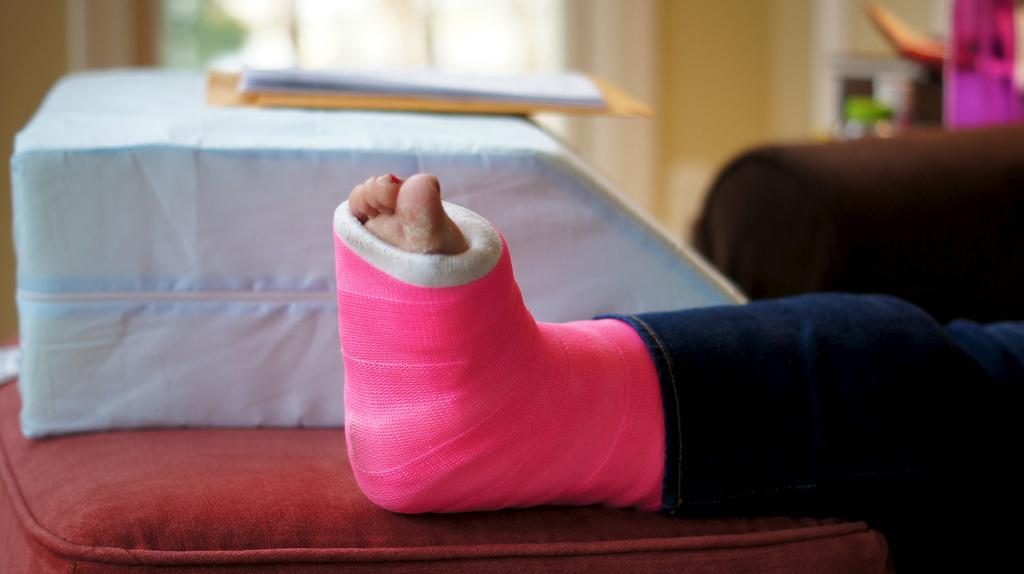Regular exercise is great for your health, but the experts fail to warn you that it’s also a health hazard. Even the most experienced athletes are one injury away from being out of commission for several months. Newbies often fall victim to broken legs, sprained ankles, or other minor injuries when they’re still finding their feet. Your inner coach might tell you to play through the discomfort, and while it is good to keep pushing your boundaries, here are a few times when continuing to run will only make things worse.

Hard impact
Hitting the ground while on a run can be pretty serious depending on how badly the ground hit you. If you’re an older person and there’s no one around to help you after your fall, check out medicalert.systems for a way to contact an ambulance when you can’t get back up. Everyone should always do an assessment of their bodily injuries after they move themselves to a sitting or standing position. If your knees or elbows took most of the impact, and it’s accompanied by significant pain, you need to see a doctor immediately.
Broken bones
Sometimes a broken bone is pretty obvious, but other times it feels like a sprain. Check out wedmd.boots.com for a better idea of the symptoms, but it’s best to play it safe and call for help. Try to control the bleeding while you wait for an ambulance, and find something to splint the leg to protect it from further injury but don’t try to straighten it even if the bone is sticking out. Various complications can occur with fractures depending on the bone, the severity of the break, and the person’s age.

Head injuries
Whether it’s from a fall or getting hit with a ball, head injuries are not to be taken lightly. The most important thing to look out for is a concussion, because they can result in life-threatening bleeding and swelling. Some of the signs of a concussion are pretty obvious, but it never hurts to make sure. However, when someone experiences vomiting, severe or worsening headaches, confusion, agitation, restlessness, trouble waking, or decreased coordination after a head injury, get them to an emergency room right away.
Ankle injuries
Ankle injuries are defined by the kind of tissue – bone, ligament, or tendon – that’s damaged. A fracture describes a break in one or more of the bones. A sprain is the term that describes damage to ligaments when they are stretched beyond their normal range of motion. A strain refers to damage to muscles and tendons as a result of being pulled or stretched too far. If you don’t get a doctor to monitor your injury, the long-term effects of a sprained ankle can lead to persistent pain, joint instability, and difficulty walking. Ankle sprains might also be hiding a broken bone, so it’s best to be sure.
Always remember to Rest, Ice, Compress, and Elevate any minor injuries regardless of whether you’ve seen a doctor or not.
